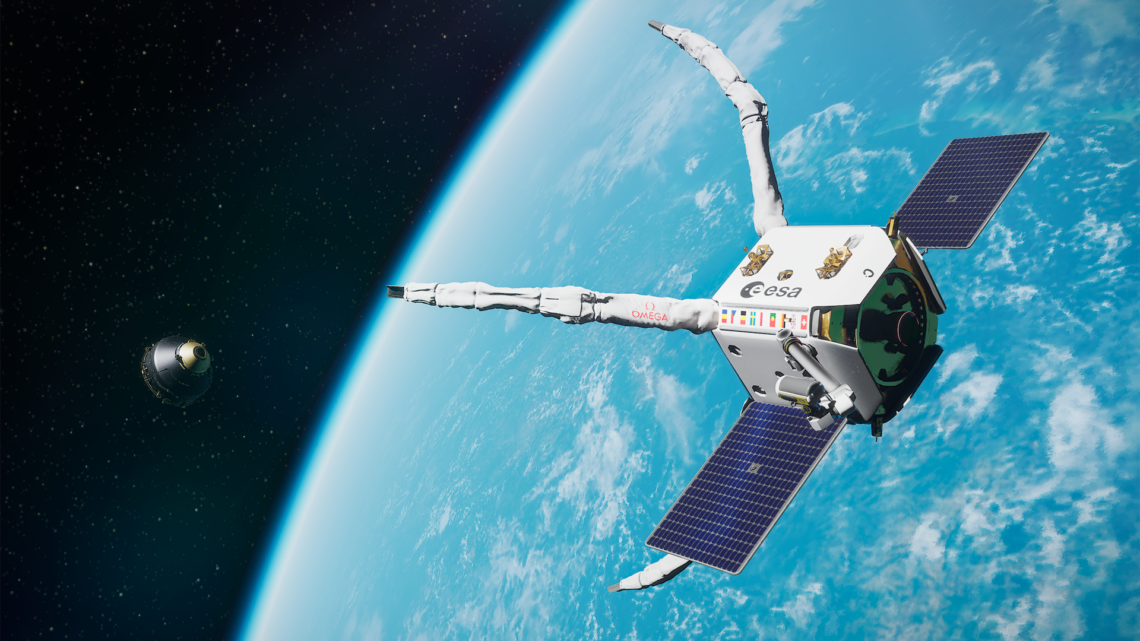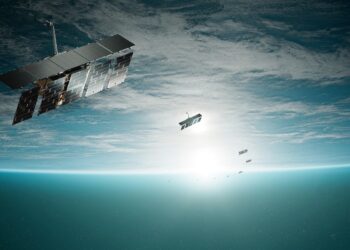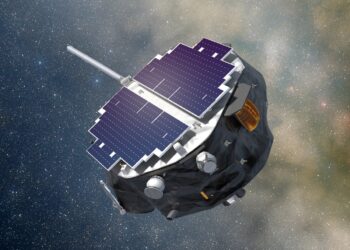SAN FRANCISCO – The European Space Agency has approved major changes in the ClearSpace-1 debris-cleanup mission.
Under the new plan approved April 23 by ESA, OHB SE of Bremen, Germany, will provide the satellite bus in addition to leading systems integration and launch. Swiss startup ClearSpace will oversee rendezvous and proximity operations, capture of the mission’s new debris target, ESA’s Project for On-Board Autonomy-1 (Proba-1) satellite and reentry in Earth’s atmosphere.
Originally, the ClearSpace-1 mission was scheduled to capture a Vega rocket payload adapter. In August, the U.S. Space Force’s 18th Space Defense Squadron notified ESA of debris in the vicinity of the Vega secondary payload adapter, Vespa, indicating a probable collision.
The new target, Proba-1, is a 94-kilogram ESA technology demonstration launched in 1998. The 112-kilogram Vespa is in an orbit of approximately 801 by 664 kilometers. Proba-1 is in a 681- by 561-kilometer orbit.
Capturing Proba-1
“On 10 August, 2023, a collision involving our original target increased the risk of capture and induced the spinning of the object,” ClearSpace CEO Luc Piguet told SpaceNews by email. “This made it more difficult to capture and added complexity to the mission as the goal is to remove debris completely.”
Proba-1 remains under operator control, which reduces the risk of tumbling. In addition, Proba-1 is slightly smaller, lighter and orbiting at a lower altitude.
“It’s important to ensure that no debris remains in orbit after the mission is completed,” Piguet said.
After rendezvous, ClearSpace-1 is expected to capture Proba-1 with a four-armed mechanism and lower its perigee, speeding up reentry in Earth’s atmosphere.
“ClearSpace has developed a unique capture system that can handle uncooperative and unprepared objects in space,” Piguet said. “These key technologies are crucial in addressing various types of debris targets and…
Read the full article here



